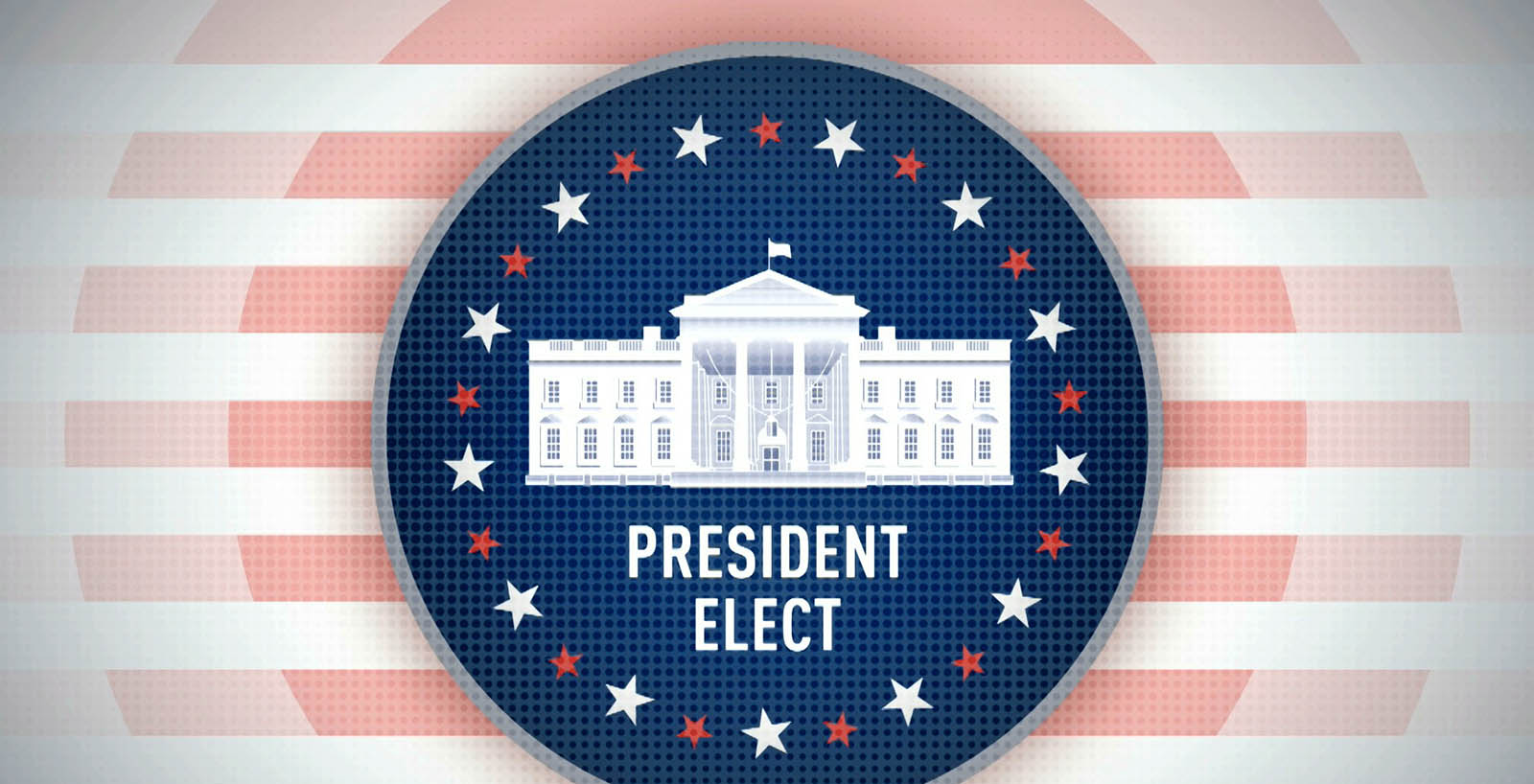On Monday, 538 Americans meet to determine who is the next president of the United States.
It’s the meeting of the Electoral College. All states will send representatives to convene six weeks after the election.
CCTV America’s Yasmeen Alamiri explains the unique part of the American election process.

Could the outcome of a U.S. presidential election change after a nominee named President-elect? It’s theoretically possible but it would be unprecedented. It’s all related to the U.S. Electoral College.
The Electoral College process was set- up by the framers of the U.S. Constitution and is designed so that when citizens go to the polls to elect a president, they are actually casting a vote for a group of people known as electors. Those electors meet 41 days after the popular election to cast their ballots.
The Electoral College is made up of 538 electors, and a presidential nominee needs 270 to win.States with more people have more electors.
For example, California has the most electors with 55 electors, Texas has 38, Florida has 29; and Alaska, six other states and the District of Columbia have the fewest with three.
Most states have a “winner-take-all” system awarding electors to the winning presidential nominee but Maine and Nebraska have a proportional allocation of electoral votes.
Because of the way the U.S. election system has been set up, it’s possible for a nominee to win the Electoral College even if he or she loses the popular vote.
That has happened four times in U.S. history. Most recently it happened with November’s election where President-elect Donald Trump won the Electoral College threshold of 270 and Democratic nominee Hillary Clinton won the popular vote by more than 2.5 million votes.
And before that, when Republican George W. Bush won the Electoral College in 2000, but not the popular vote which was won by Democrat Al Gore. Bush went on to become president after the U.S. Supreme Court ruled to stop a voter recount in the state of Florida.
Following the vote of the Electoral College members, the results of the presidency are final—and on January 20, a new president will be sworn into office.
 CGTN America
CGTN America


